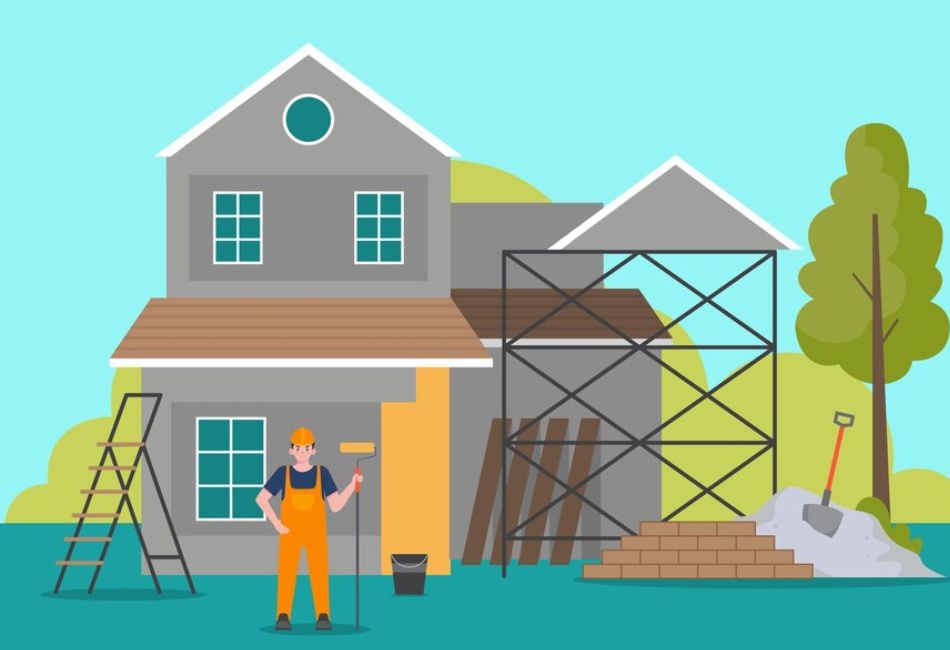In the realm of construction and restoration, the use of traditional materials has gained renewed attention due to their sustainable and environmentally friendly properties. One such material that has stood the test of time is hydraulic lime mortar. This ancient building material has been utilized for centuries and is making a comeback in modern construction for its versatility, durability, and eco-friendly characteristics.
The Basics of Hydraulic Lime:
Hydraulic lime is a type of lime that possesses hydraulic properties, meaning it can set and harden underwater. It is derived from limestone containing impurities, which impart hydraulicity to the lime when burned. This property makes hydraulic lime an excellent choice for mortars and renders, especially in areas where exposure to moisture is a concern.
Types of Hydraulic Lime:
There are different classifications of hydraulic lime, each suitable for specific applications:
-
Feebly Hydraulic Lime (NHL 2): This type is suitable for internal plastering and decorative finishes. It has a lower hydraulicity, making it appropriate for areas with minimal exposure to moisture.
-
Moderately Hydraulic Lime (NHL 3.5): This type is versatile and finds applications in both internal and external construction. It is often used in mortars for bricklaying, pointing, and rendering.
-
Eminently Hydraulic Lime (NHL 5): With higher hydraulicity, this type is ideal for structures that will be exposed to harsh weather conditions, such as sea walls or exterior facades.
Advantages of Hydraulic Lime Mortar:
-
Breathability: Hydraulic lime mortar allows the structure to breathe, preventing trapped moisture and reducing the risk of decay and damage.
-
Flexibility: It has a degree of flexibility, which makes it suitable for historic buildings and structures that may experience slight movements.
-
Sustainability: Hydraulic lime is a natural material that has a significantly lower carbon footprint compared to traditional Portland cement. It requires less energy to produce and contributes to the reduction of greenhouse gas emissions.
-
Compatibility: Hydraulic lime mortar is compatible with a wide range of building materials, including stone and brick, making it a versatile choice for restoration projects.
Building Lime in Modern Construction:
In contemporary construction, the use of hydraulic lime mortar is gaining popularity not only for its historic charm but also for its sustainable attributes. As architects and builders seek environmentally conscious alternatives, hydraulic lime provides a viable solution that aligns with the principles of green building.
Conclusion:
Hydraulic lime mortar and building lime are integral components of sustainable construction practices. Their versatility, durability, and eco-friendly nature make them valuable choices for both traditional restoration projects and modern green building initiatives. As the construction industry continues to evolve, embracing time-tested materials like hydraulic lime ensures a harmonious blend of tradition and innovation in creating resilient, environmentally conscious structures.


No comments yet